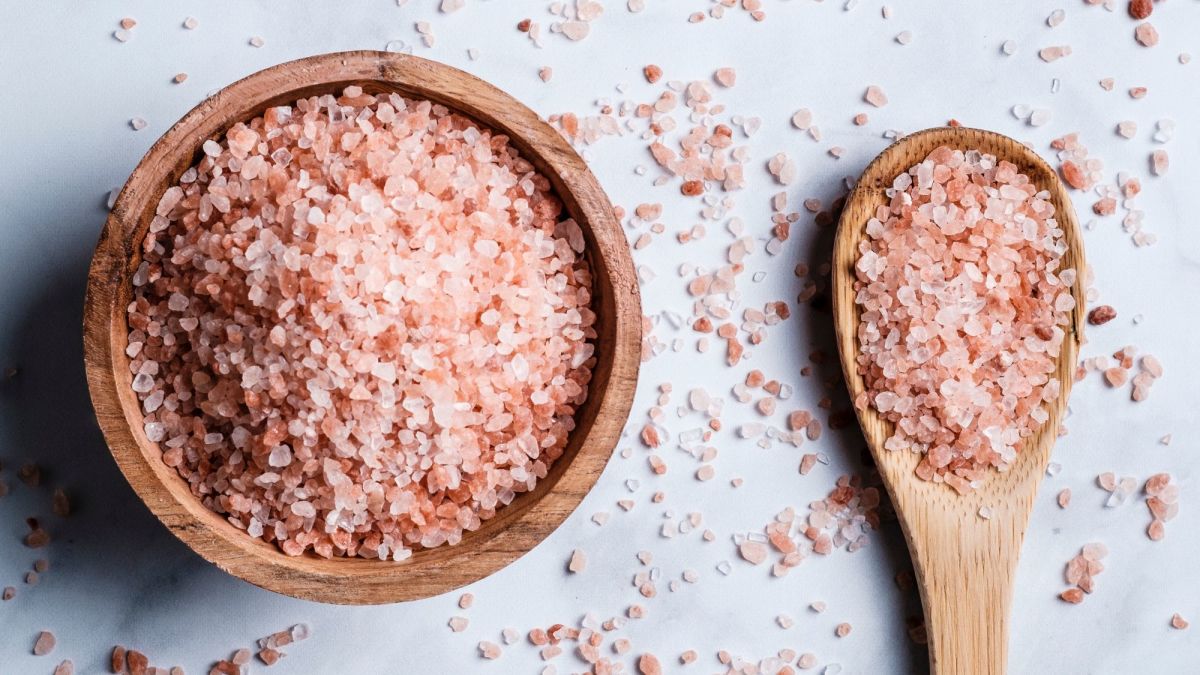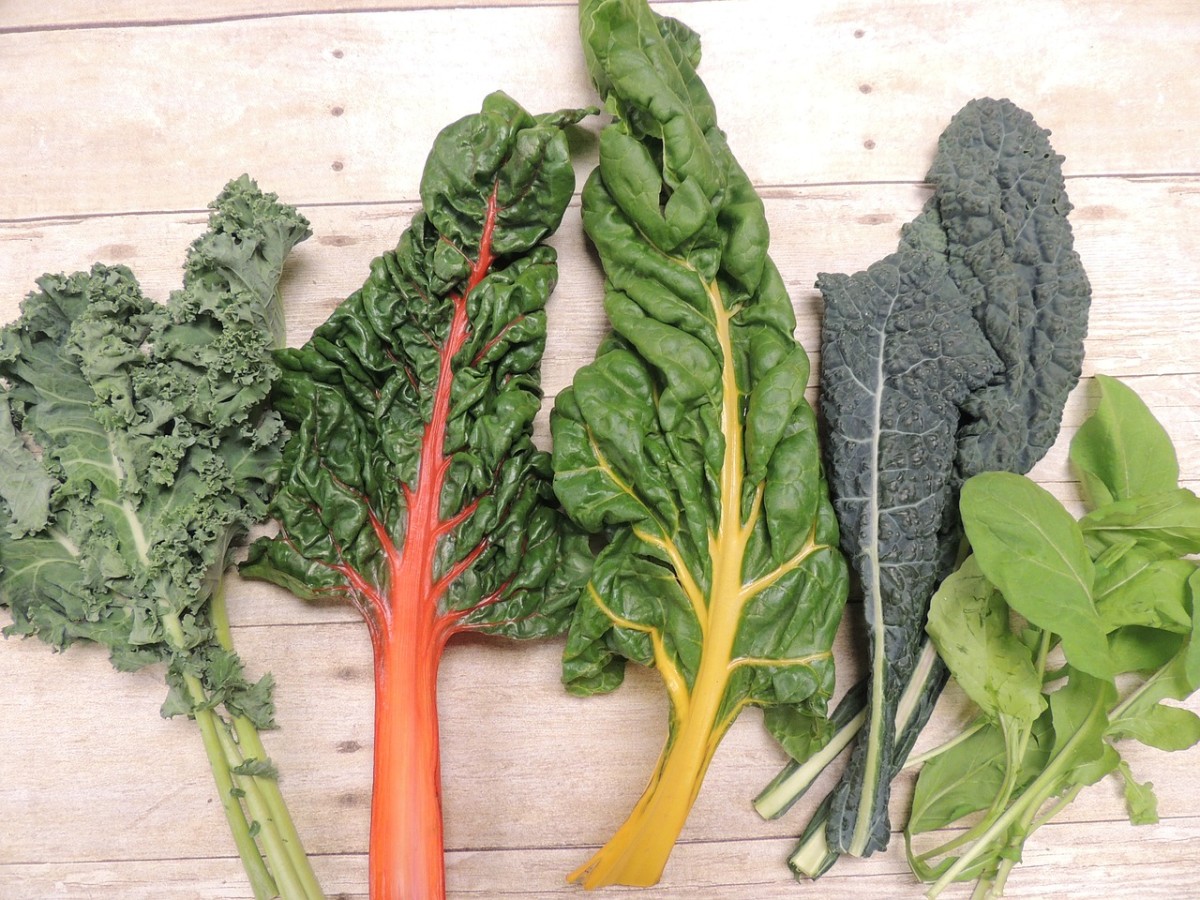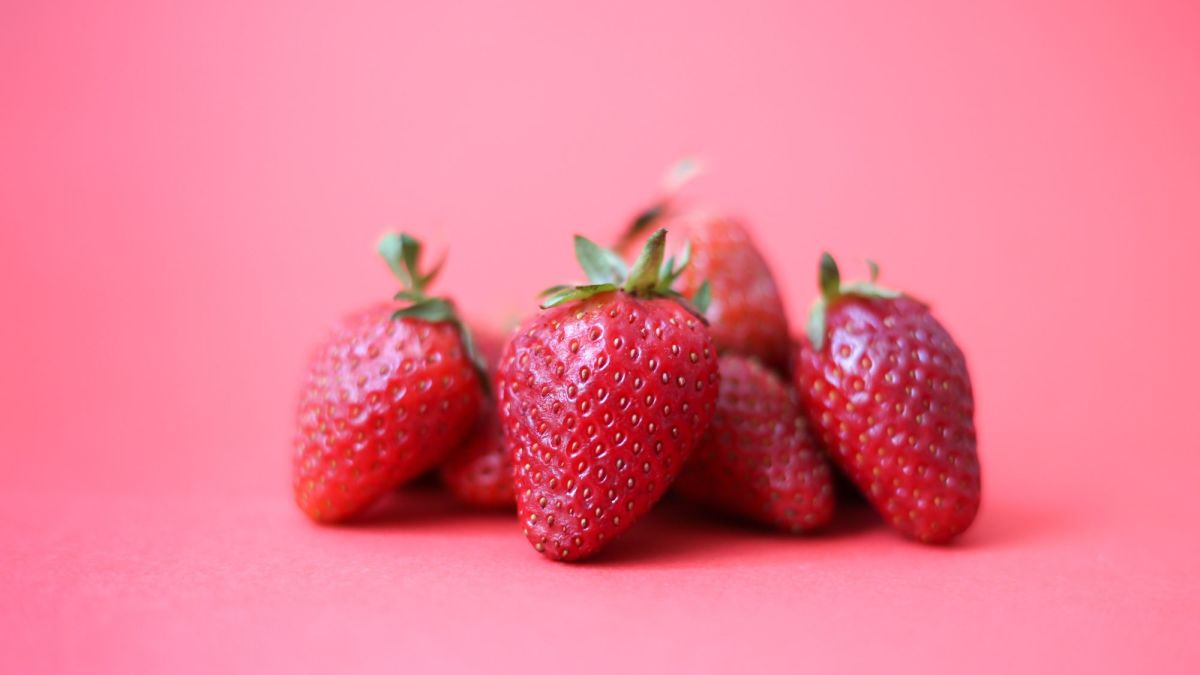Practical Nutrition Knowledge for Everyday Life
This is a squeal to an article I wrote previously, so make sure you read Practical Diet and Fitness Strategy for Busy People first and understand the philosophy of this approach. In this article I will try to share more practical advice, and suggest some things you can work on daily. It's a light and easy approach but takes time, so read on.
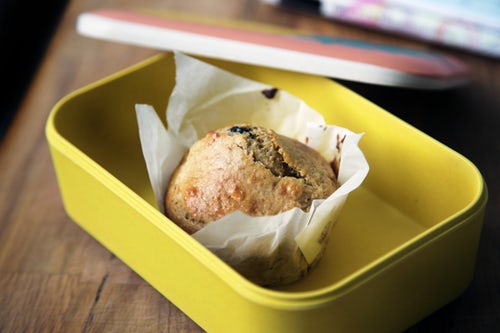
Stick to the Minimum Basics
Choosing a strategy instead of a fixed plan, will help you have a gradual progress. What often happens is people have too high expectations, and get disappointed very quickly. If you choose a plan that is just too strict for you, all you will do is just make yourself feel bad.
Let’s take a look at some of the most basic nutrition principles, and than we’ll make a strategy on how to improve them over time.
- Micro and Macro Nutrients
- Calories
- Timing of Meals
- Exercise
If your reaction is “What?! I already knew all of this”, please try to take a fresh look at these points. They are very basic, and proper understanding of how they influence your health and body can go a long way. So lets take a look at them one by one.
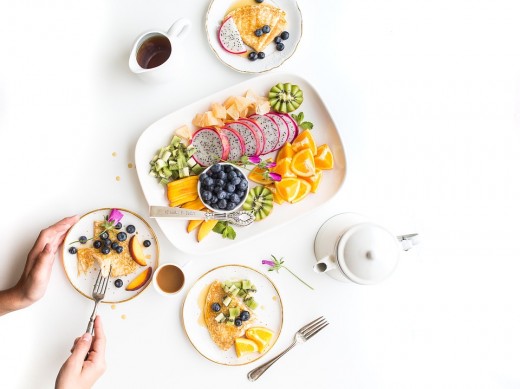
Micro and Macro Nutrients
Taking care of your Micro and Macro Nutrients intake is vital. Make sure to have some basic ingredients for your body to function, grow and thrive. There are 2 main groups of nutrients based on the amount of them you have to consume. Macro nutrients are needed in greater doses, and they are Fat, Protein and Carbohydrate. On the other hand, Micro nutrients are needed in very small doses, they include vitamins and minerals.
How to Keep the Balance?
- Make sure that your main meals contain at least some proteins like meat, eggs, yogurt or some vegetarian alternative if you are vegetarian. Also add some carbohydrates like, pasta, bread, rice, potato are some of the most common.
- Have some fresh (thermally untreated) fruit or vegetables.
There are many stories of people in the past going on log expeditions on restricted diet, without fresh food and they would become very sick. Problems with bones, hear and nails can be evident. Also people on the North Pole would eat raw food, to stay healthy. The reason being that the body needs some enzymes that are destroyed when cooked or even treated near to boiling temperatures.
Bottom Line – just make sure you have some protein and carbohydrates in your main meal and add some fresh fruit or vegetables or have them separately later or earlier on in the day.
Calories
Another aspect that you should try to control, is the amount of calories you take in daily. Don’t get too crazy about this one, but learning about the approximate caloric value of different meals and snacks can be very useful. There are online calculators that can tell you the number of calories you need to take daily to remain in balance, based on your gender, weight and other factors. However the average numbers of calories daily are 2 500 kcal for Men, and 2 000 kcal for Women, and you can use this as a starting point.
Timing of Meals
The timing of meals can be often overlooked, but it’s better to make it work for you instead against you. Some diet plans, like for example Intermittent Fasting that has been very popular in the past few years, is based on prolonged periods of no-food, versus a period of the day, often called “feeding window” during which meals and snacks are allowed. The scientific research behind this is that the insulin in the body is used to process food, but it takes low insulin levels to make the body start burning stored fat. If you go longer periods of the day with no food(no sweet drinks or creamers as well), your body will start burning fat. The Intermittent Fasting diet is aiming for 16 hours with no food and 8 hours feeding window. You really don’t need, and it’s not advised to push yourself any further than 16 hours of fasting.
Bottom Line – Try to gently extend the time duration between your last meal an first meal. It gets easier withing a week or so, and you fell less hungry and with your normal energy levels or even better.
(disclaimer: you should do this only if you aim at loosing weight, and do it gradually. No need to extend the fasting period longer than 16 hours)
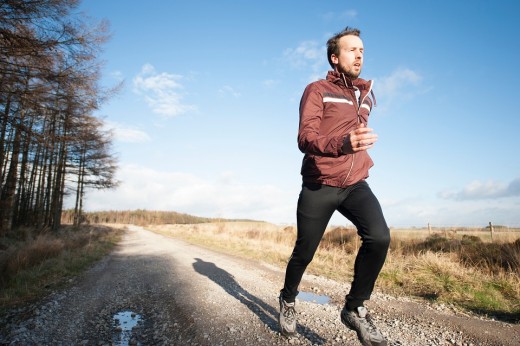
Exercise
Last but not least, exercise is an important part of your health and fitness. It is not easy to burn large amount of calories with exercising. To burn just 2 slices of pizza, it takes an hour of walking, or 30min running at regular speed. So, as you see, if you do 3 or 4 exercise session per week, doesn’t give you the freedom to eat 5 times as normal. You shouldn’t believe that few hours of exercise weekly will make all the calories magically disappear. Even exercising more and/or harder, doesn’t guarantee best results, you will still need to take care of the food you are eating.
If you are not an extremely active person, adding some moderate activity to your lifestyle can help you burn few hundred calories per day, which is another extra snack for you without feeling guilty. Also even if you don’t need those couple of hundred calories deficit, exercise can rise your energy level in the long run, and that is super useful.
If you are a busy person, or haven’t done much sports or fitness in the past, consider gradually adding more activity to your weekly schedule. Start very small, and build from there. Take the stairs more often, or choose to walk. If running is too hard on your knees try cycling. Keep exercise light and fun, and when ever you feel you can do more, increase the distance or intensity. Don’t exclude Resistance Training and Stretching completely. Resistance training like lifting weight or some sports activity that requires muscle power, will help you develop more muscle mass, and the beautiful thing about that is that even if you are sitting, the muscles burn some amount of extra calories. So, it may be harder exercise, but it has more long term effects.
Sometimes when you feel tired already, a good set of stretching exercises can help you loosen up, relax, get your blood circulation going and help you burn few extra calories.
Summary in a Nutshell
- Make sure you get enough daily protein and carbohydrate.
- Eat some fresh fruits or vegetables.
- Don’t forget to drink enough water.
- Extend the period between your last meal and the first meal the next day.
- Take a walk, take the stairs, run, cycle, stretch.
- If you feel ready, introduce some resistance training from time to time.






